How many days does it take to get to know Cusco? What are the main things I can't miss? How do I make the most of my time? Cusco is a land where every village, every mountain and every river carries an undeniable mystery. That is why in Terandes.com we have prepared the 7 best excursions in Cusco Peru.
It would take a lifetime to see all that the Inca capital has to offer. But for you who have a few days, we recommend the must-see, the favorite excursions, the basics to leave Cusco happy with your stay. You can see all these places in our 9-day Cusco Archaeological Capital of America Tour, but if you want to see more options of Tours in Cusco, we tell you about them at the end of the article!
Without further ado we mention the 7 Best Excursions in Cusco Peru that you should know:
Table of Contents
Pisac and Ollantaytambo are two of the historic towns in the sacred valley where you can still breathe the Inca legacy. Pisac is a beautiful town that every year welcomes thousands of people in spiritual and healing quests; its streets and fields remind us of calmer times and connected with nature.
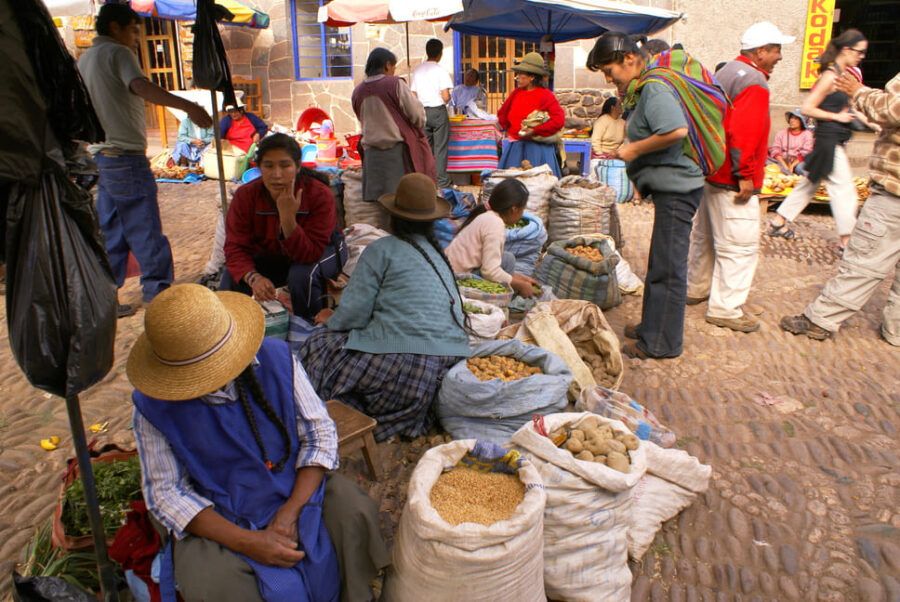
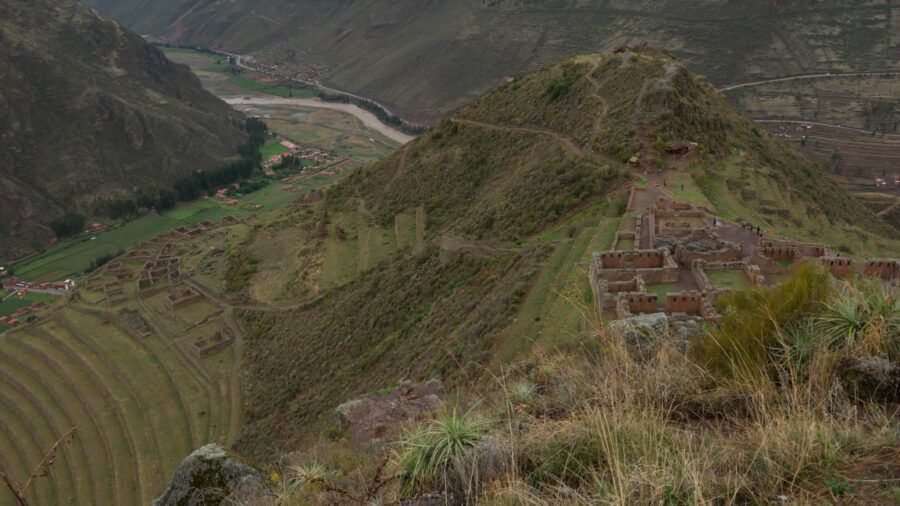
However, what makes Pisac so magical is found above the town: in the mountains that resemble sculptures of pumas and ñustas (Inca queens), as well as in the Inca constructions that seem to be part of the mountain range itself. Before the town of Pisac was at river level, the Incas built the city in the mountains, leaving to this day farming terraces, castles and stairways that seem to reach up to the clouds.
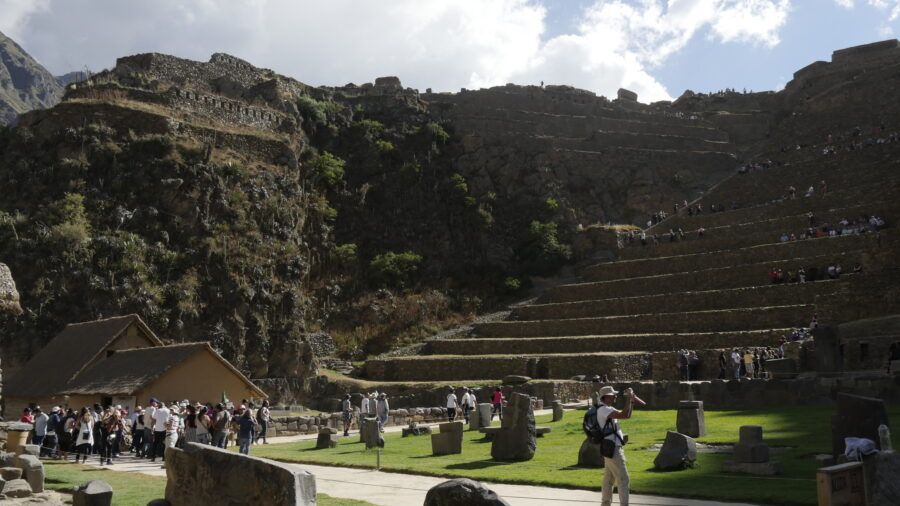
The description of Pisac also fits Ollantaytambo. The most impressive thing about Ollantaytambo is the towering Inca fortress that seems to have been carved into the mountain itself and dominates over the town.
Unlike the archaeological site of Pisac, which sprawls over several mountains, this fortress can be visited in a couple of hours; the only difficult part is climbing so many steps. The Incas were masters of nature and understood that the small valleys they had had to be used to the maximum, so they left the soil for crops and built on top of the mountains, taking advantage of the slopes to make terraces for crops and the cold of the heights to make their food stores.
The town of Ollantaytambo is also beautiful in itself and preserves its mud houses, its cobblestone streets, its rainbow dresses worn by the villagers with their llamas and the tranquility of the nature that has reigned here for thousands of years. We could not recommend you more than to visit these two villages; the only thing left to do is to warn you that you will surely want to stay longer to continue exploring the Sacred Valley.
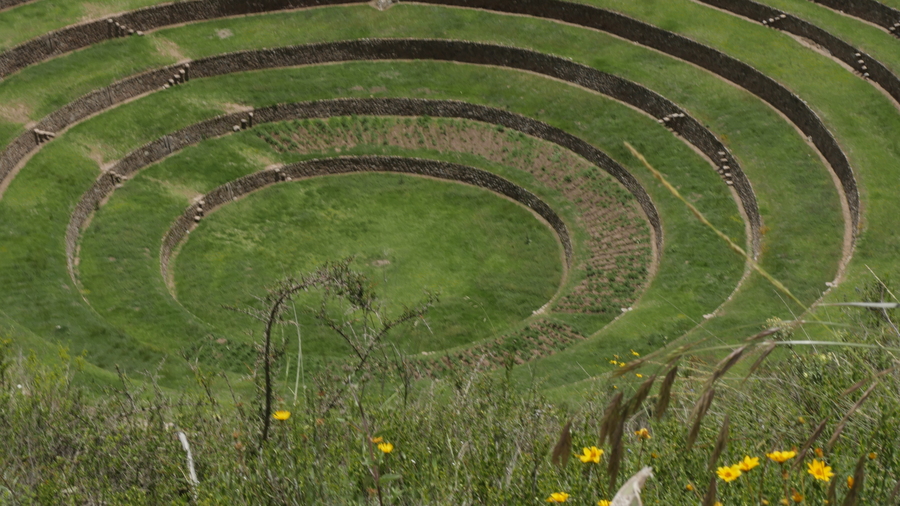
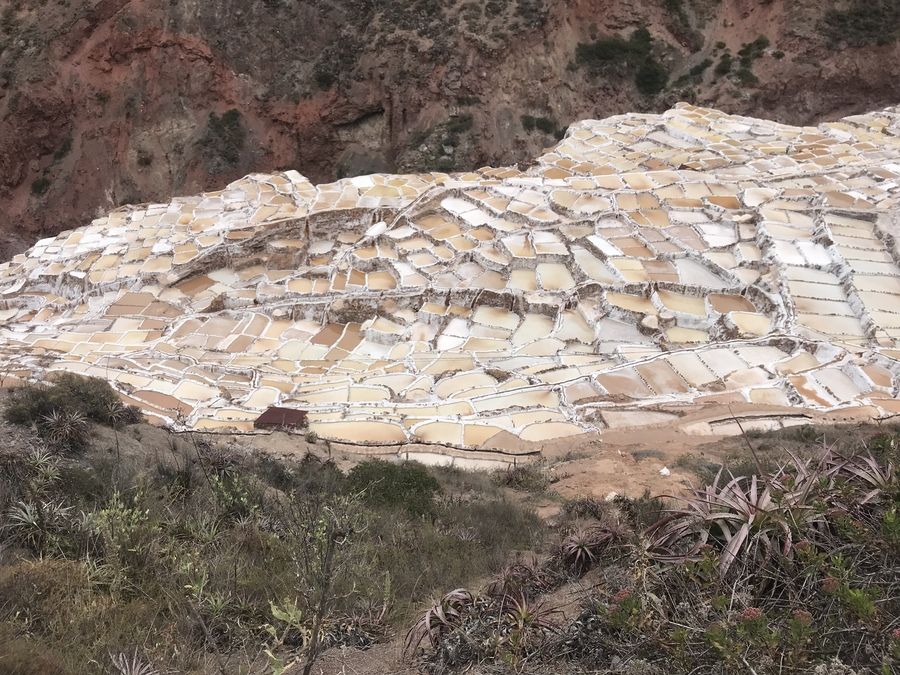
Maras and Moray are also famous sites found in Cusco, but on the way from the city to the Sacred Valley. These two are quite close to each other and can be visited in a couple of hours, so you can add them to your itinerary to fill the day with more of Cusco's wonders. The salt mines of Maras is an iconic tourist site that offers a beautiful landscape: a whole gorge full of rectangular wells where the famous pink salt of Maras is cultivated.
This salt is highly nutritious because it comes from salt water springs that contain many minerals. It is also a historical site where this famous salt (kachi in Quechua) has been extracted since the time of the Incas.
Maras has a beautiful view, but if of the two we had to choose one place to visit, our choice would be Moray. Moray is a unique and very mysterious Inca archaeological site that is believed to have been an agricultural laboratory for research and experimentation with plant species. It is a huge hole in the ground that was exploited by building many circular terraces as stairs. This made it possible to use the different altitudinal levels and to domesticate plants from low climates to produce at high altitudes. And also vice versa, adapting high altitude plants to produce at lower altitudes.

You don't have to go far from the city of Cusco to be amazed by Inca constructions. In our Tour, we show you four ruins on the outskirts of Cusco that you can visit in one day. The first and most important is Sacsayhuaman, which can be reached on foot in 30 minutes from Cusco's Main Square. This archaeological site deserves no introduction, as it is one of the most famous constructions of the Incas for its gigantic stone walls and mysterious tunnels that never end.
Not far from Sacsayhuaman, is our next archaeological site: Q'enqo. Passing a very beautiful Eucalyptus forest, we find this place of worship full of irregular rocks, other sculpted rocks and subway tunnels and galleries that many believe functioned as a labyrinth. A little further away from the city passing Q'enqo, our other two ruins are close together.
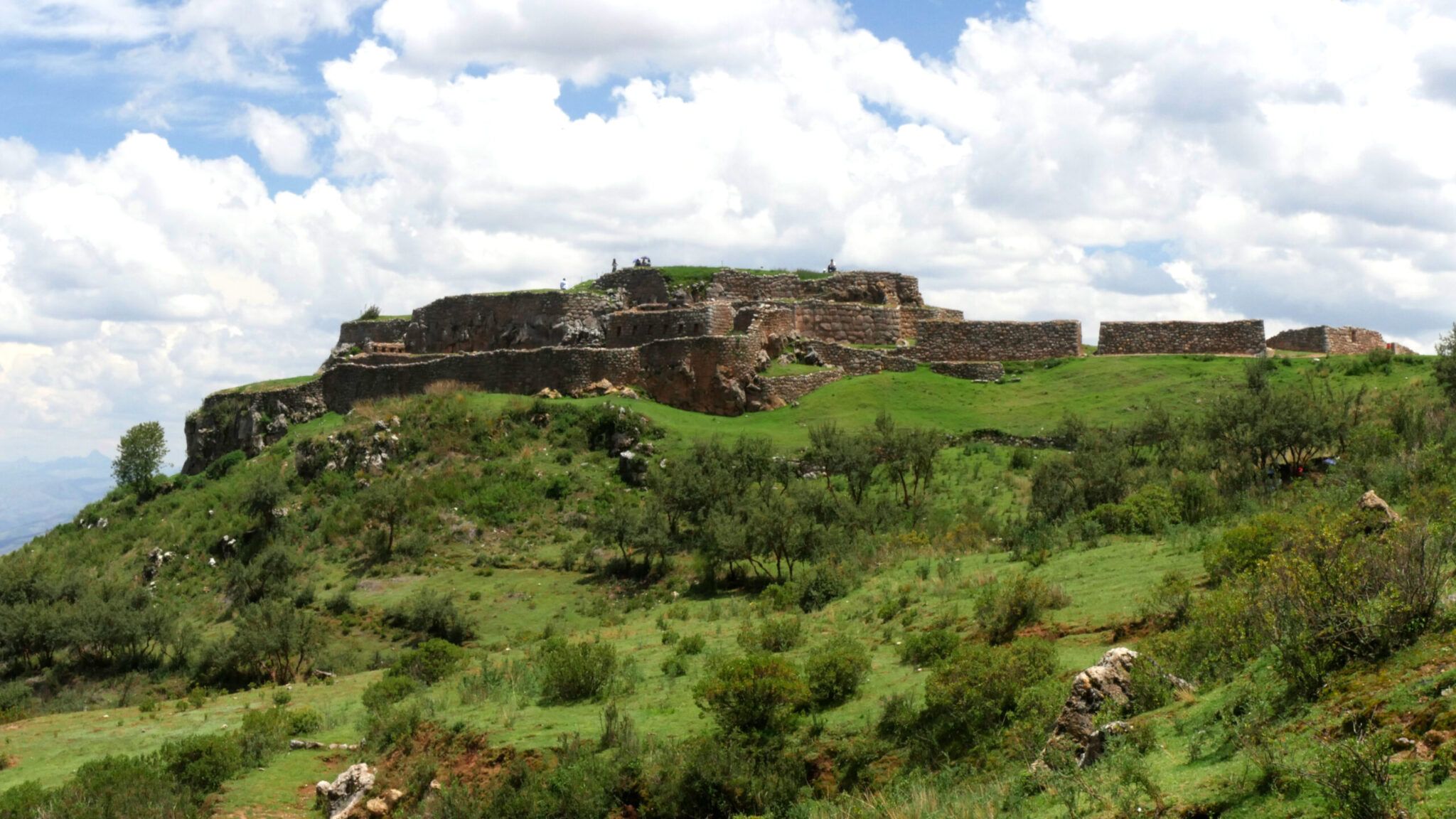
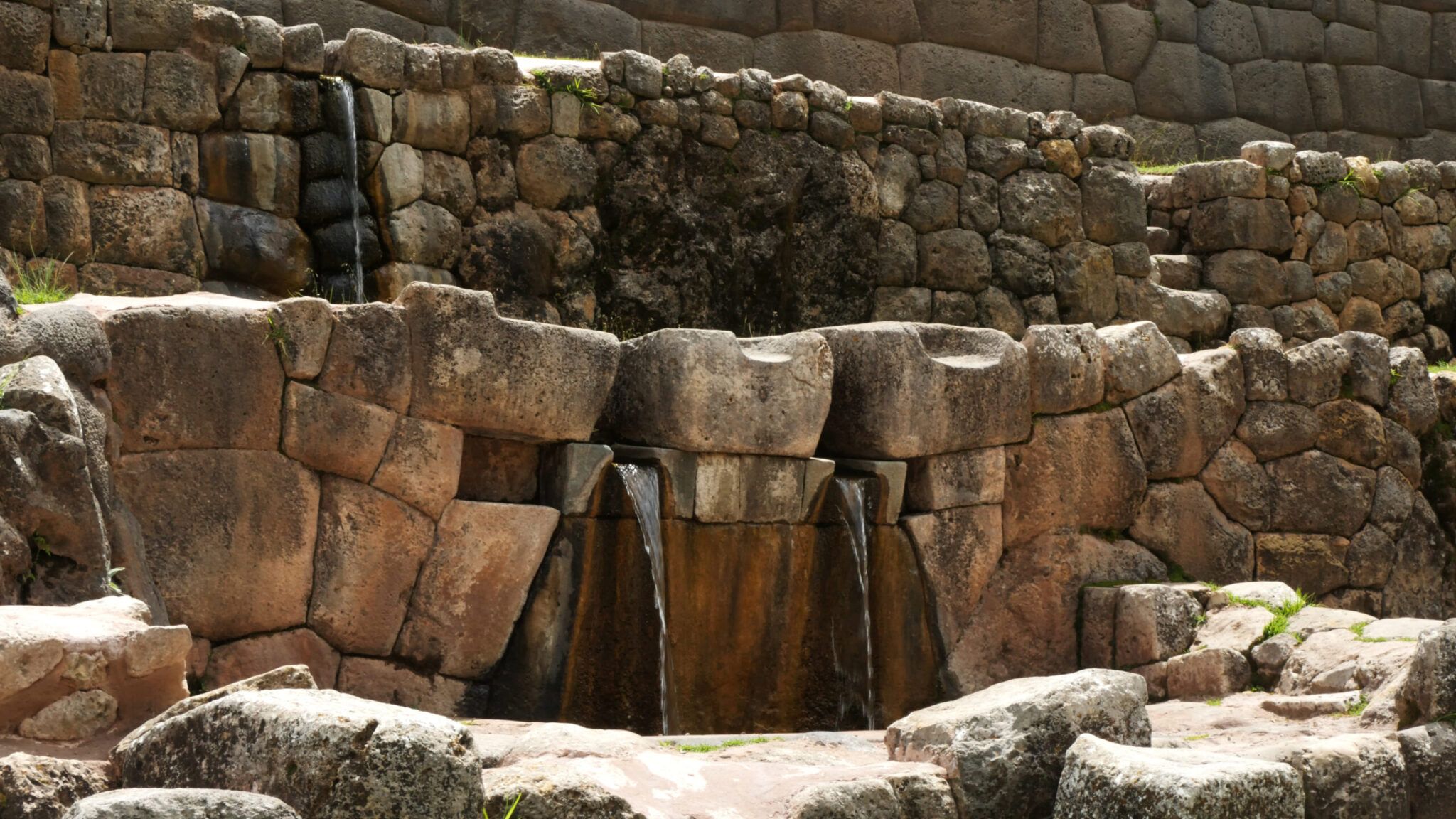
The first is Puca Pucara, which means Red Fortress in Quechua, and it is precisely a fortress on the top of a hill built of stones that at sunset appear reddish. It is believed that this was a powerful point of defense of the city of Cusco, so one can only imagine the number of battles that must have taken place at its feet.
The last ruin is Tambomachay, which is believed to have been a shrine of reverence to water and also a point of entry and cleansing to Cusco. It has a series of aqueducts and fountains that continue to function hundreds of years after the disappearance of the Incas, showing the advanced level of engineering they developed.
4. Humantay Lagoon
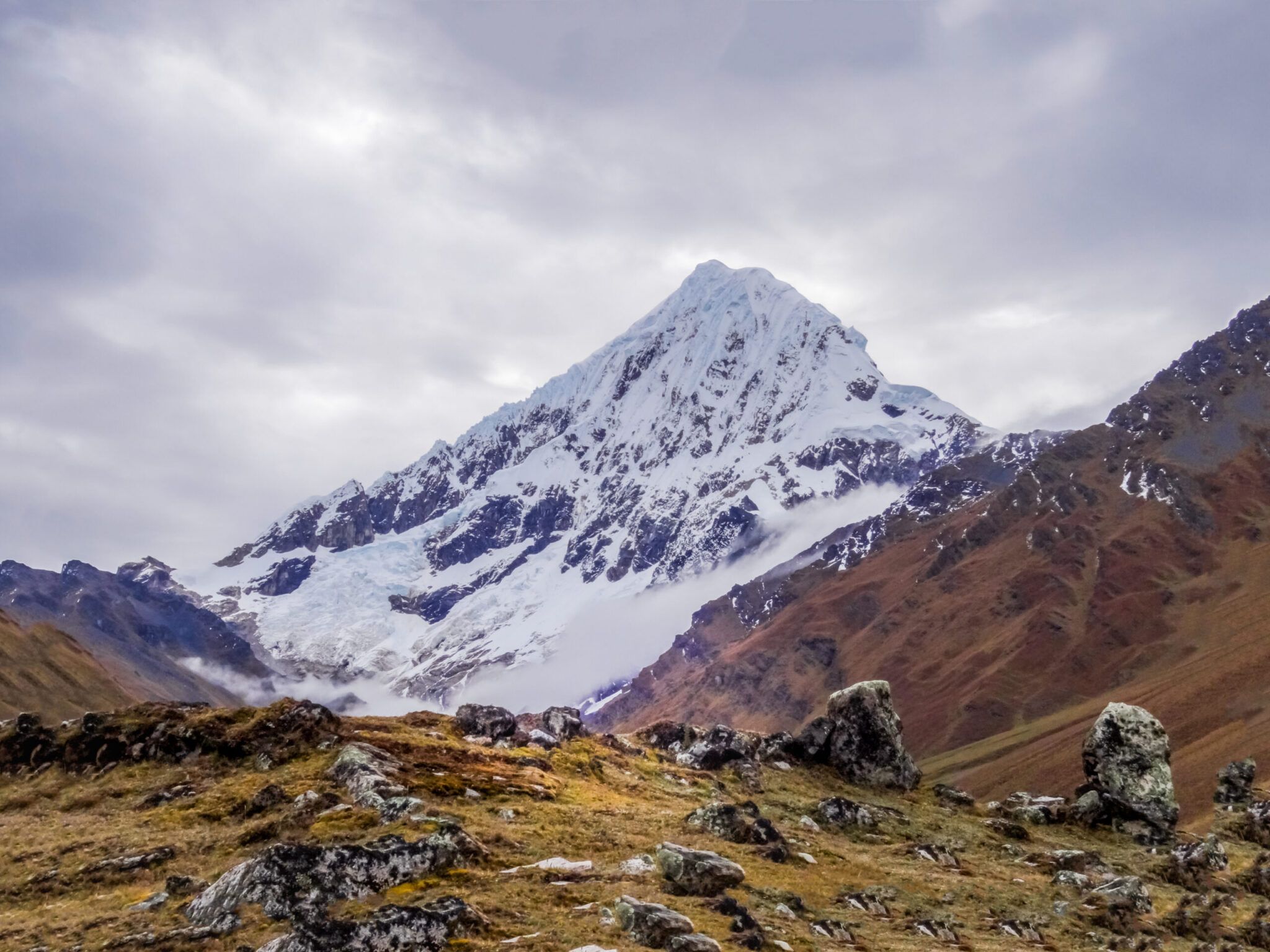
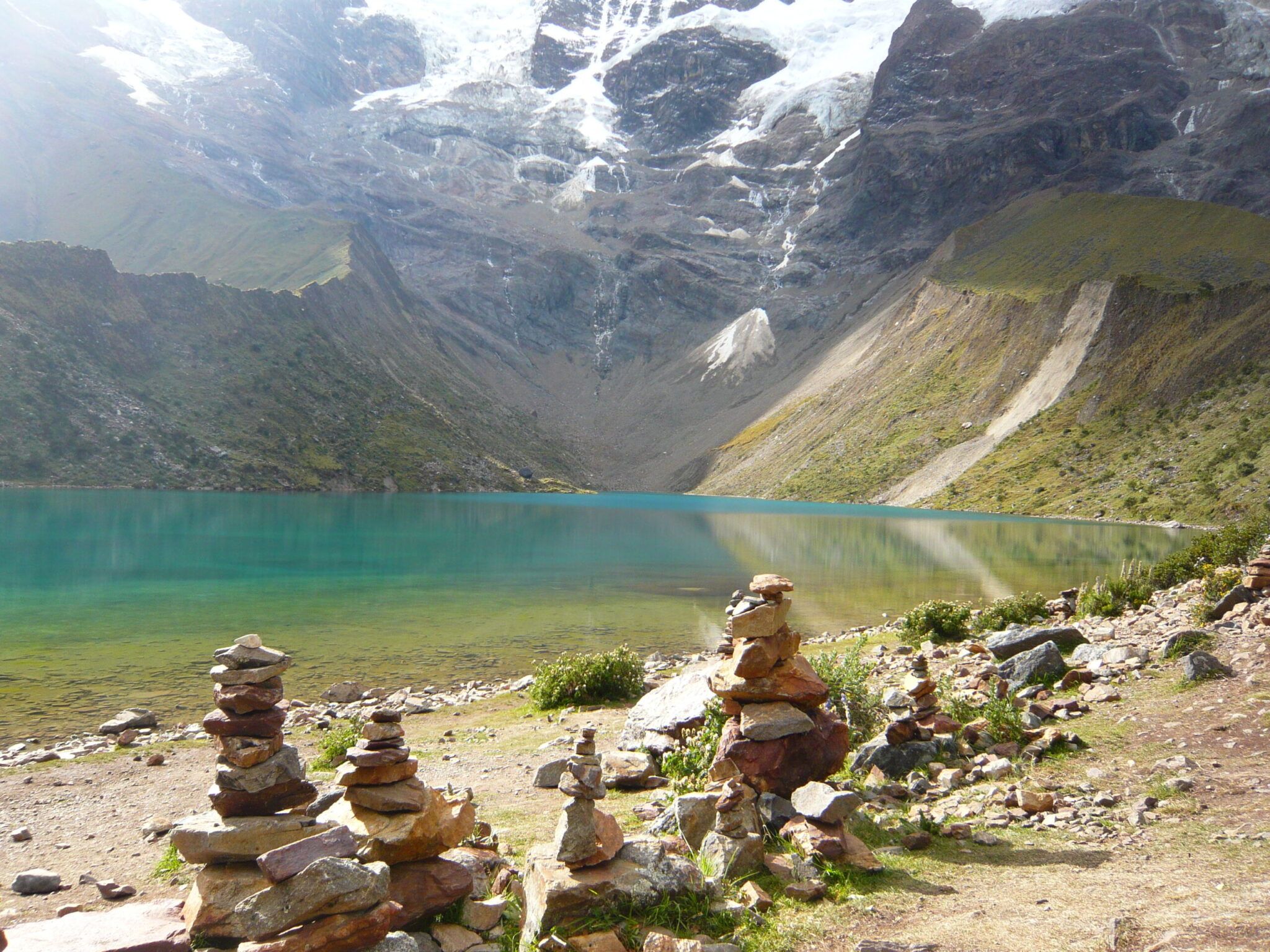
The Humantay Lagoon has become in recent years one of the main attractions of Cusco. Many people are attracted by the beauty of its turquoise waters and the snow-capped mountain located directly above the lagoon. To get there, it is a three-hour trip that first descends to the Limatambo valley and then climbs steeply to reach Soraypampa.
This involves climbing from 2,200 to 3,900 meters above sea level and seeing extraordinary landscapes with the great snow-capped Salkantay showing off its whiteness and majesty. From Soraypampa there is the possibility of going to the Salkantay and even reach Machu Picchu by that road, but there is also the much shorter way to the Humantay lagoon. This involves about an hour and a half of steep hiking, but the altitude can make it more difficult. Still, it is possible to rent a horse, so it is an accessible excursion for the whole family.
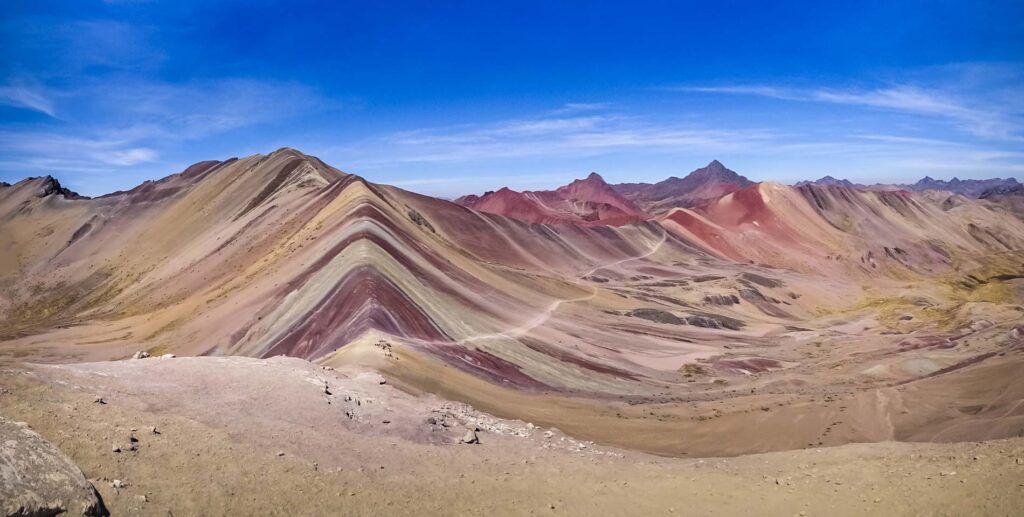
The Mountain of 7 colors, also known as Vinincunca, became famous thanks to the photos taken by tourists with its diversity of colors: reds, yellows, greens, purples, etc.. These colors were created due to the thawing and erosion of minerals that have been formed over millions of years. To get there, it takes approximately three hours by car to the community of Pampachiri, from where you start the walk that can also last about two hours. The road also has its difficulties and the sun can be quite strong, but on sunny days is when you can best see the colors of Vinincunca.
In addition, the landscape is extraordinary and it is common to see a diversity of people with their llamas and alpacas with whom you can take a picture or buy handicrafts.
The sacred valley is not the only one inhabited by the Incas, but to the south of Cusco is a valley equally rich in landscapes and constructions that narrate the historical evolution that Cusco has had. The first place we recommend you to visit is Tipon, an archaeological complex that is believed to have been an exclusive garden of the Inca royalty. Here you will find the most precious cultivation terraces and perhaps the highest degree of hydraulic engineering developed by the Incas, with canals and fountains of perfect geometry. The second place is Pikillacta, a citadel even older than the Incas, built between 700 and 900 by the Wari culture. What can still be seen is the great pyramidal entrance and the urban layout that characterized this powerful city.
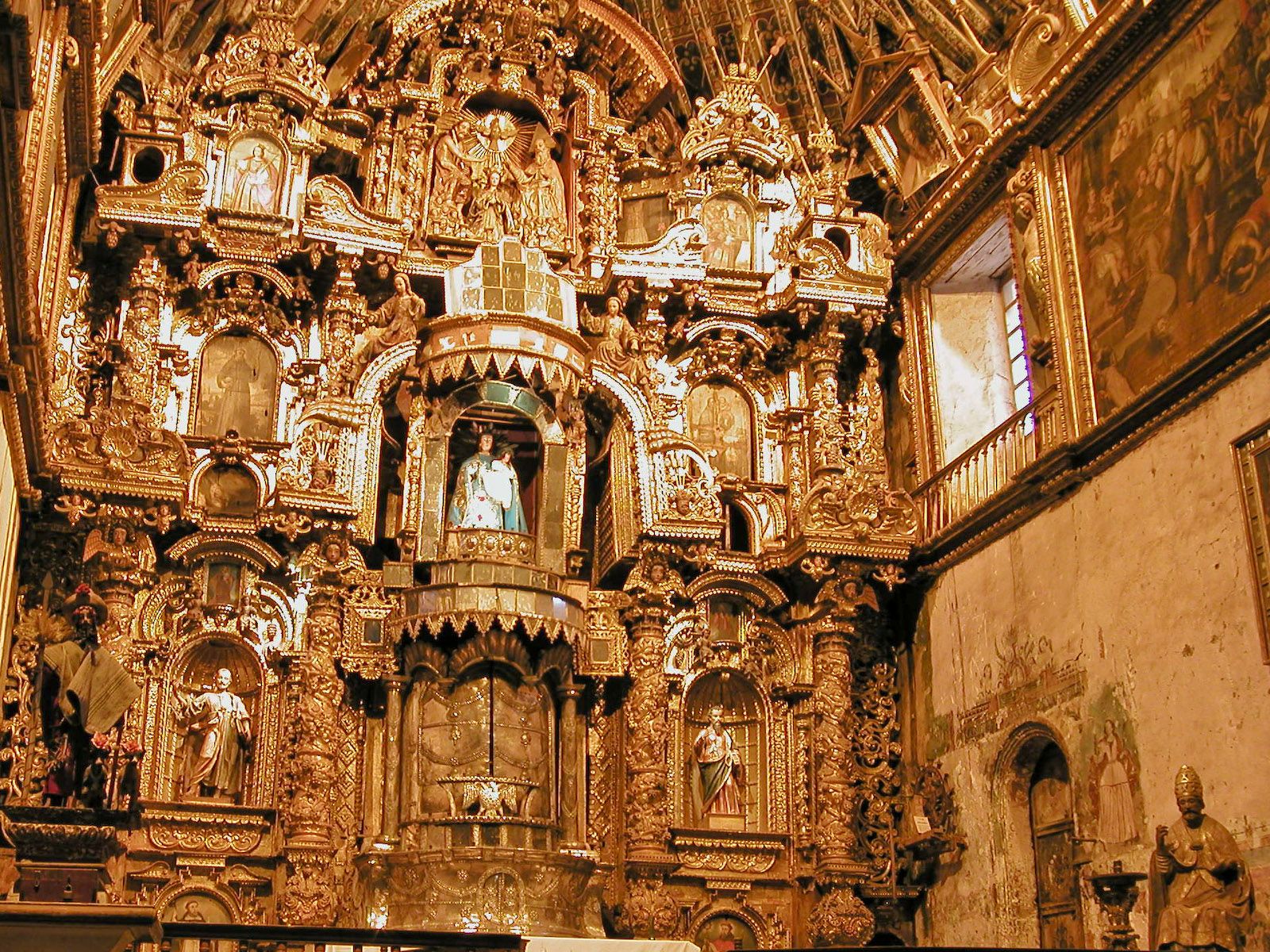
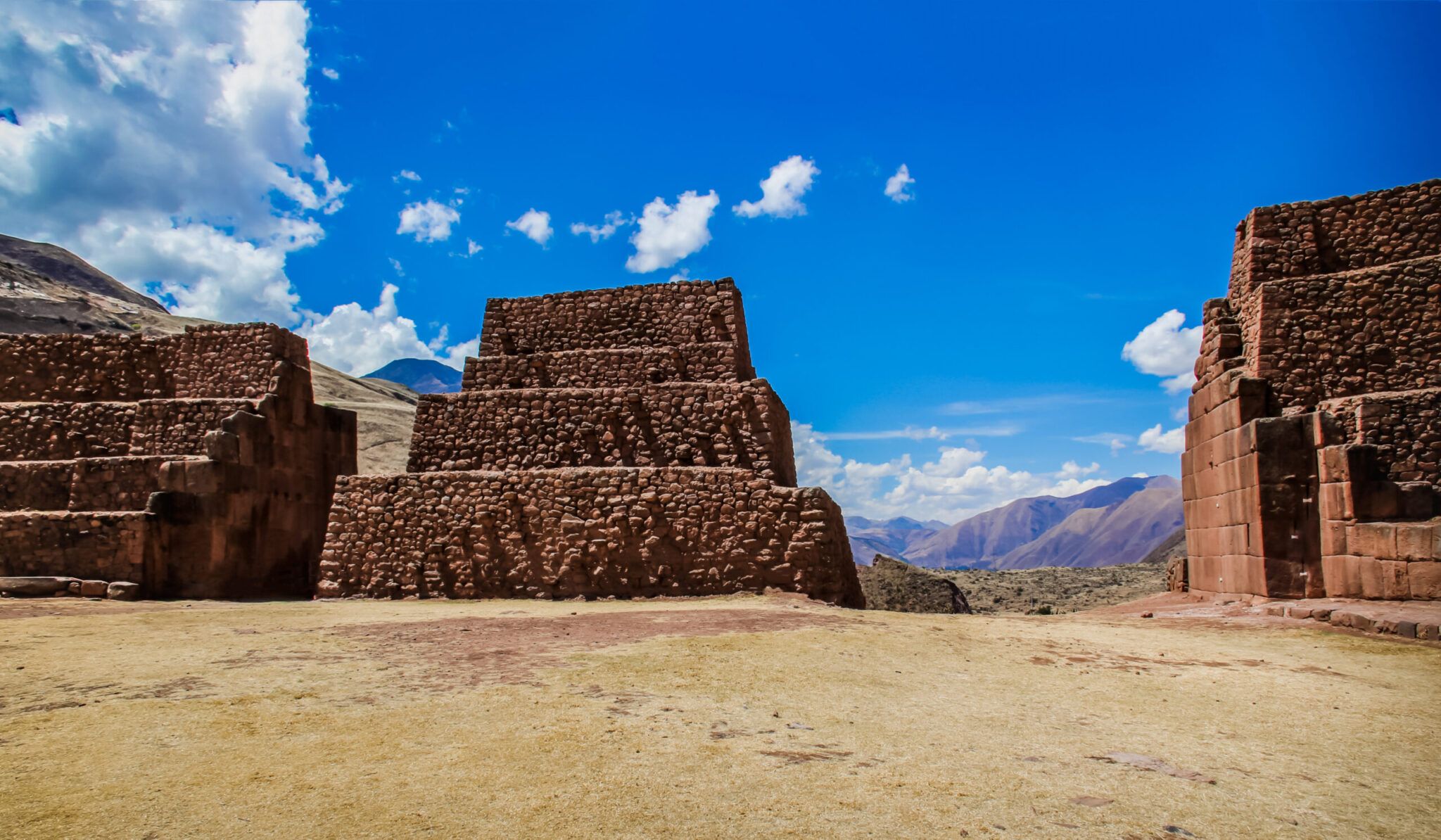
Finally in the South Valley, going back to the Viceroyalty of Peru, you cannot miss a visit to the Church of San Pedro de Andahuaylillas, known as "The Sistine Chapel of America". The history of Cusco is not only Inca and Pre-Inca, but also Spanish and this chapel represents the highest point reached by art under the famous Cusco School of art in the seventeenth century.
From the outside, the chapel looks quite modest, but once inside there is no doubt that its builders really found God in this place. All the walls and ceilings are filled with religious paintings in thousands of colors depicting mythological beings and Christian characters. The wood is carved to perfection and bathed in gold, giving a divine spectacle that had the purpose of making the natives believe in Christianity.
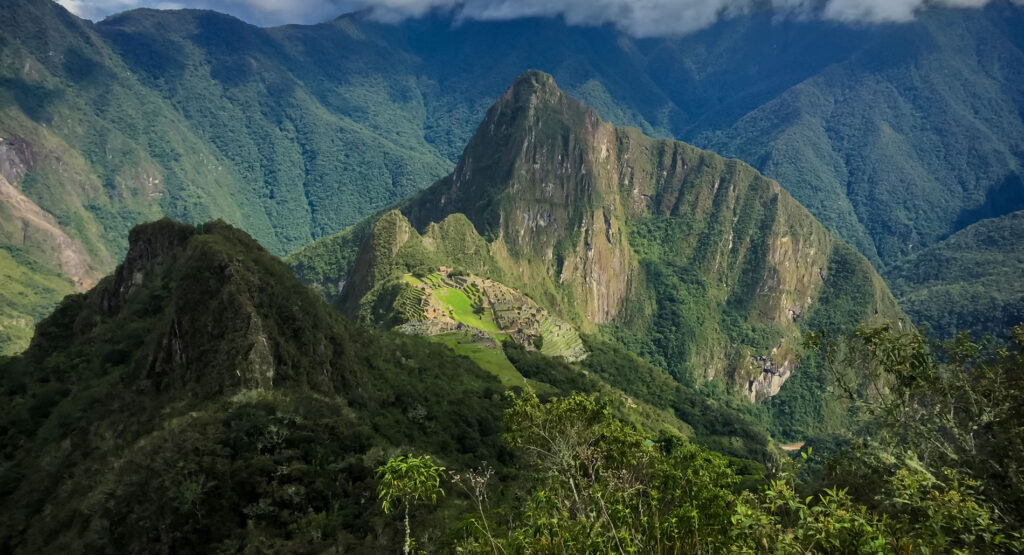
We leave the best for last, Machu Picchu is a must-see destination in the 7 Best Tours in Cusco Peru.
This citadel is the main attraction why so many people come to Cusco and it does not disappoint. The citadel built on top of a mountain is surrounded by cliffs and rivers that descend a thousand meters, so that to this day we wonder who could build something so majestic.
It is believed that Machu Picchu was started by the Inca Pachacutec and continued by his descendants, but it was never completed. In any case, every corner hides mystery and every twenty steps you can find a new site of worship to the gods of nature that they venerated. Getting to Machu Picchu involves taking a train to Aguas Calientes from Cusco or from Ollantaytambo, and then taking a bus from Aguas Calientes up to Machu Picchu.
